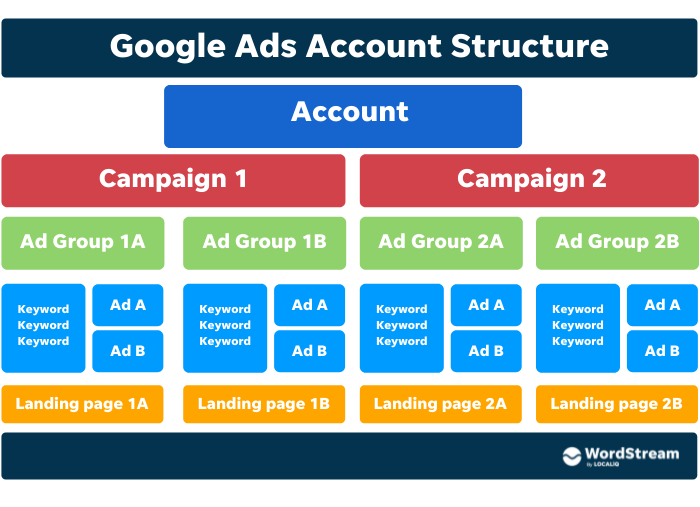
The data points above are illustrative of an evolution in Americans’ sporting tastes: whereas once it was pretty much just football, basketball, and baseball that merited significant interest and meaningful TV audiences, F1 races beginning to rival Sunday Night Baseball for audience numbers suggests a growing eclecticism of interests. And whichever direction the causation runs, technological changes reinforce the shift from breadth of appeal to depth of fandom, which will continue to create space in our media landscape for auto racing, soccer, mixed martial arts, cricket, etc. | SMW
- UFC 276 prelims achieved the series’ largest linear television audience since its debut in 2018, averaging 1.8 million viewers across ABC and ESPN two Saturdays ago. As we noted a few weeks ago, Disney seems to have hit on a winning formula with its more niche sports rights in using its broadcast network (ABC) as the thin end of a wedge that includes its cable networks (ESPN) and streaming platform (ESPN+).
- This year’s Wimbledon audience was up 26% over last year, aided once again by Disney’s decision to place significant segments on the tournament on broadcast TV. ESPN’s coverage on 4th of July averaged about 1m viewers, a 130% increase over the same day of the tournament last year; and Sunday’s final was the most-watched men’s final not involving Roger Federer since 2013.
- The Formula 1 British Grand Prix averaged 1.24 million viewers last weekend, an 18% increase over last year and the largest audience ever for the race. F1 races are now averaging 1.3 million viewers on the ESPN networks, up 37% from the same point last year; we’ve discussed the Drive to Survive effect extensively, so this should not come as a surprise. Notably, the F1 race easily outdrew same-day NASCAR Cup Series coverage in all of the key young adult demographics; only in adults over 50 did NASCAR have the advantage. The fact that NASCAR easily drew the larger total audience (1.93m to 1.24m) just illustrates the age skew of the linear TV demographic.
While the NFL had a very good TV season last year, other top-tier spots like NBA basketball and Major League Baseball have struggled to recapture their pre-pandemic volume of eyeballs. Some second- and (arguably) third-tier sports, by contrast, have seen very positive momentum in the last couple of years, which was evident in the past weeks:






